Military Bowl Preview: Analyzing BC and ECU
The Boston College Eagles face off against the East Carolina Pirates in the first bowl game of the Jeff Hafley era. BC entered the season with high hopes, but injuries derailed their season. The Eagles limped down the stretch, losing their final two games to finish the season 6-6. East Carolina finished 7-5, earning head coach Mike Houston his first winning season at the FBS level. For the most part, the Pirates beat inferior teams and lost to superior teams. ECU has some very good individual players, but their units seem to add up to less than the sum of their parts.
In this article, I will break down what I expect both teams to do on each side of the ball. I've discussed the statistical advantages and disadvantages in a previous article, along with key players on both sides of the ball for the Pirates. Here, I will describe what I expect when one team has the ball, discussing both the offense and defense, then do the same for when the other team has the ball. I will begin with when ECU has the ball.
When East Carolina Has the Ball
The Pirates present the Eagles with the most aerial-focused attack they have seen this season. East Carolina runs a watered-down version of the Air Raid. Their starting quarterback, Holton Ahlers, had the 12th most dropbacks (417) in the country this season and the most in the American Athletic Conference. Even though ECU is very willing to run the ball, they also adhere to a more fundamentalist view of the Air Raid, in that they like to throw the ball quickly and short. Ahlers also had the third-fastest time to throw (2.53) and the second shortest average depth of target (8.2) in the AAC (150 dropback minimum). The offense tasks the quarterback with getting the ball out of his hands very fast to wide receivers that identify holes in zone coverage and sit down in those voids. Ahlers occasionally takes a deep or intermediate shot, but these are few and far between; only about 33% of his throws went beyond nine yards past the line of scrimmage.
In terms of their run game, the Pirates fall in line with most collegiate, passing-oriented offenses: inside and outside zone with a few gap runs sprinkled in. Of ECU’s 412 rushing attempts, 301 were zone while only 79 were gap. Typically, they hand the ball to the running back on outside and wide zone plays, asking him to get to the edge and turn the corner. BC occasionally struggled with this type of rushing attack (see: Louisville, Syracuse). However, some of that success resulted from the threat of a mobile quarterback.
While Ahlers is used in the running game, he is undoubtedly not the dynamic threat that Malik Cunningham or Garrett Shrader is. He can break occasional tackles but is not particularly explosive or athletic. If he keeps the ball and tries to get outside, BC’s linebackers should have no trouble tracking him down. In terms of the more traditional running game, the mission is pretty much the same: if the front seven can prevent explosive plays by maintaining discipline in their run fits, they should be able to stop the Pirates’ running backs.
Returning to the passing game and how the Eagles can stop it, Tem Lukabu and Jeff Hafley should deploy more man coverage. As previously mentioned, East Carolina’s offense is predicated on attacking holes in zone coverage. If BC uses man coverage schemes to prevent separation, that should prevent the ECU offense from moving the ball. The Air Raid does have answers for man coverage, as the receivers will adjust their routes to make them continuous instead of stopping them.
However, I believe that BC has superior athletes in their secondary that should prevent ECU’s receivers from getting open. Suppose a defense is facing an Air Raid offense with superior or equal athletes. In that case, man coverage can be problematic as the receivers will eventually get open if they keep running. But if the defensive backs are superior, they can stick with the receivers and force the quarterback to make tight-window throws, somewhere Ahlers does not excel.
When Boston College Has the Ball
Ideally, the Boston College Eagles will be at their healthiest when facing the East Carolina Pirates in the Military Bowl. Phil Jurkovec should be the strongest he’s been since Week 1, and the Eagles could even get tight end Trae Barry, back for this game. Unfortunately, it seems like at least one of Zion Johnson and/or Alec Lindstrom might opt out of this game. These two have held down BC’s offensive line the past three seasons, despite inconsistent performances from their offensive line counterparts and the offense as a whole.
While Johnson is the better player, his absence could be less problematic, as there is significantly less depth behind Lindstrom at center. Ozzy Trapilo and Jack Conley earned playing time this season and could slide into guard, along with veteran Finn Dirstine. However, at center, true freshman Drew Kendall is the only true backup. While he is one of BC’s most highly-touted recruits in years, he’s still very young and raw. If Zion and Alec opted out of the game, hopefully, they informed Hafley weeks ago, and the backups will have gotten plenty of practice reps these past few weeks.
Regardless of who is on the offensive line, Boston College needs to run the ball to beat ECU. It’s one of the few things they’ve done consistently well throughout the season. Luckily, the Pirates are not particularly effective at stopping the run. They allow 161.3 rushing yards per game, ranking 82nd nationally and 8th in the AAC. Even if BC is missing some critical pieces on the offensive line, their superior size and strength should help them win in the trenches. ECU’s defensive line is undersized and inexperienced, with only one player on the roster being older than a sophomore.
Running the ball will be especially crucial for keeping the offense on schedule and providing Phil Jurkovec with short, manageable third downs. East Carolina has an even better third-down defense than BC, allowing a conversion rate of 32.7% (14th in FBS, 2nd in AAC). Expect the Boston College offense to use Jurkovec’s legs in these situations. His running ability was vital in the Georgia Tech and Florida State games, and frankly, the Pirates do not have a player on defense that can match Jurkovec’s blend of size and athleticism.
The Eagles will need to find ways to attack ECU’s primarily zone defense in the passing game. With BC possessing some dangerous weapons in the passing game in Zay Flowers, Jaelen Gill, Jaden Williams, and Trae Barry, the Pirates will most likely play even more zone. Leaving their defensive backs on islands against those receivers could allow many explosive passing plays.
To attack these coverages, Jurkovec will need to play one of his best games from a mental standpoint, identifying the defense before and after the snap. From a concept and scheme standpoint, expect Frank Cignetti Jr. to dial up more play-action passes that seek to flood one side of the field, overloading the coverage schemes. Additionally, expect to see Jaelen Gill and Zay Flowers play in the slot more than usual, as the Eagles will try to avoid star cornerback and ballhawk Ja'Quan McMillian.
Notable Boston College Football Transfers
Which Eagles are planning on playing elsewhere in 2022?
Jahmin Muse - Safety
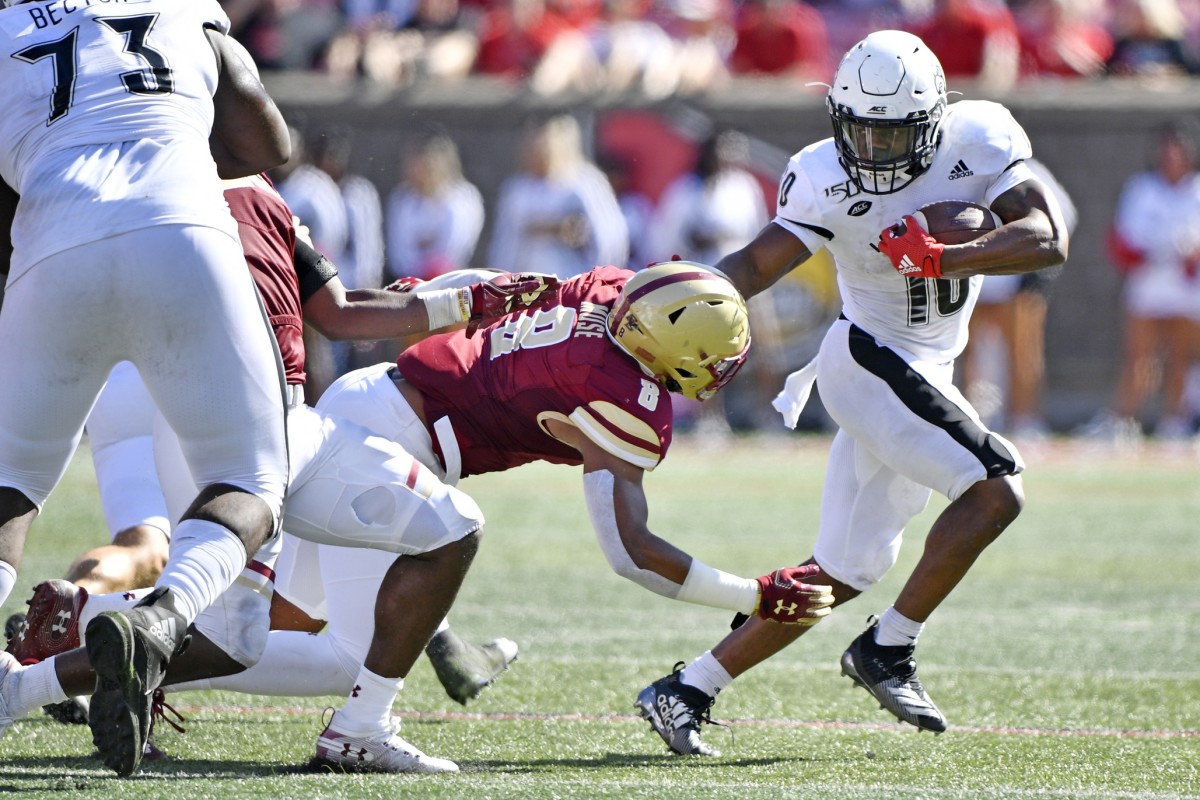
Transferred to Buffalo
Deon Jones - Safety
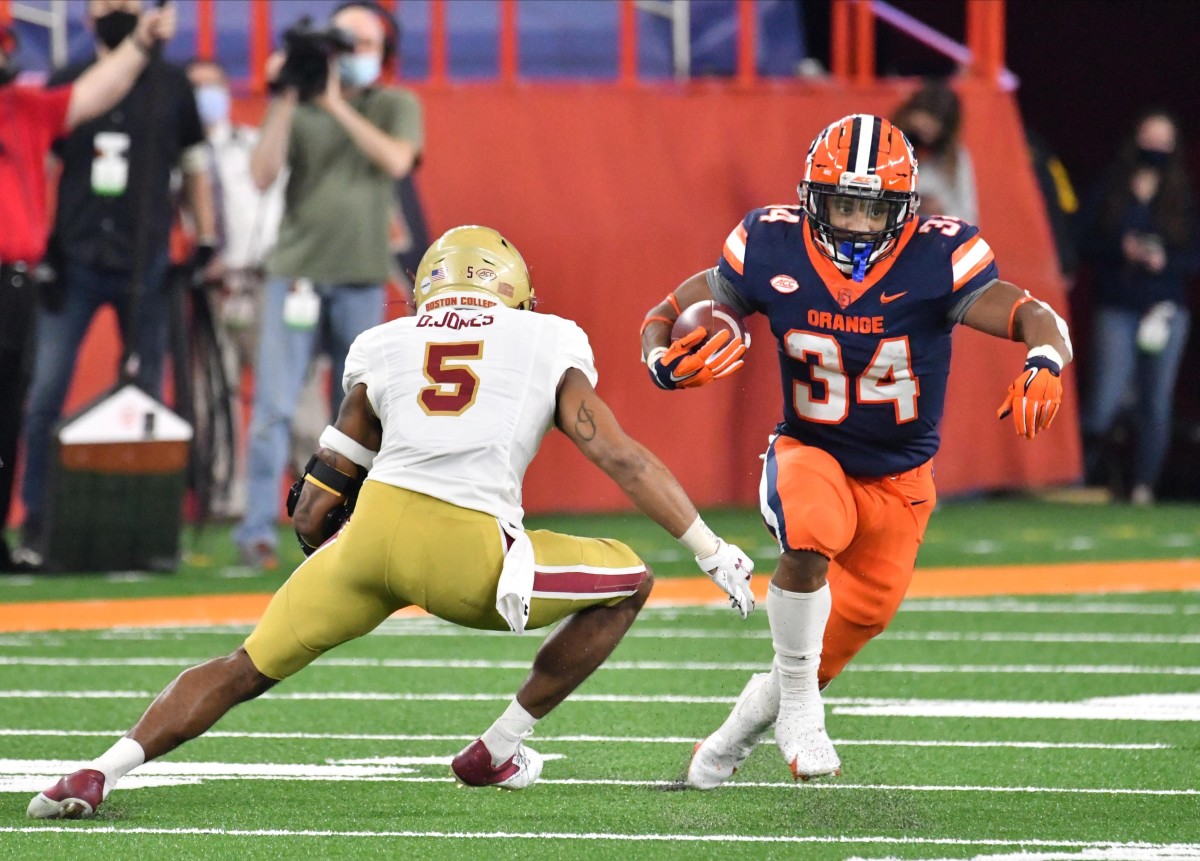
Transferred to James Madison
Joseph Sparacio - Linebacker
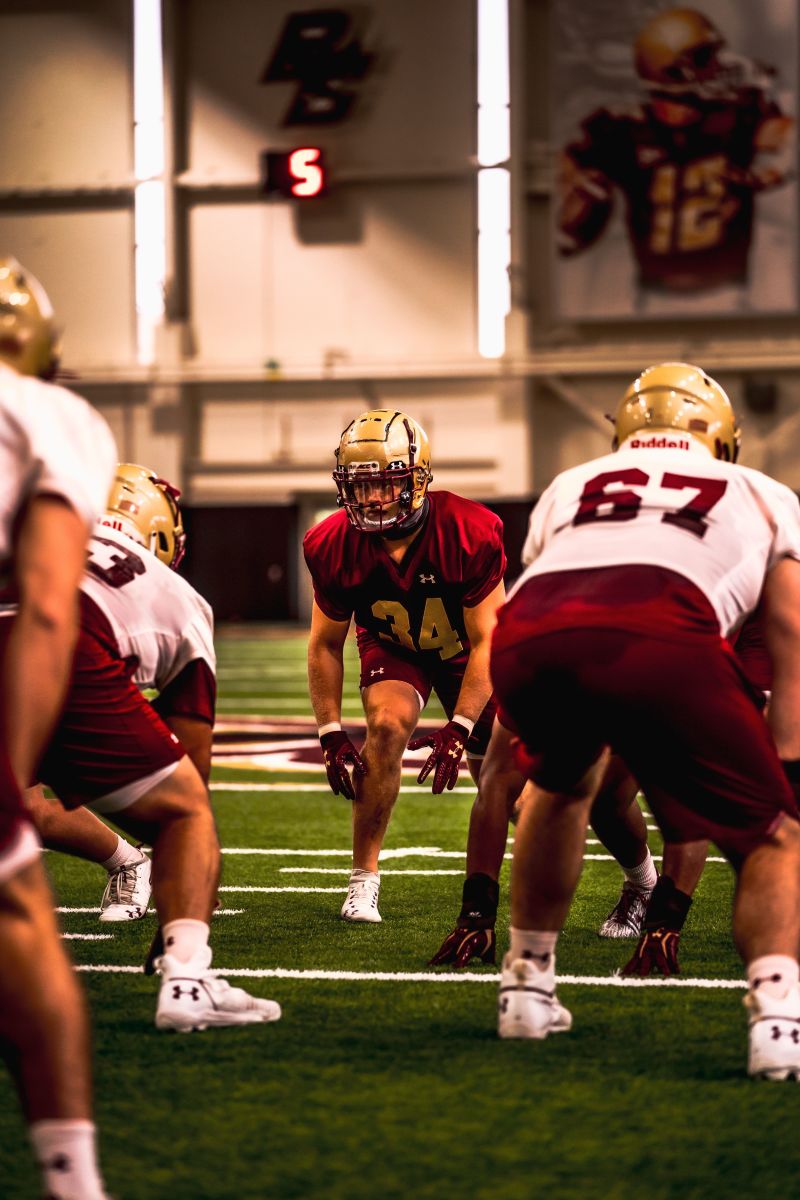
Transferred to Eastern Michigan
Kobay White - Wide Receiver
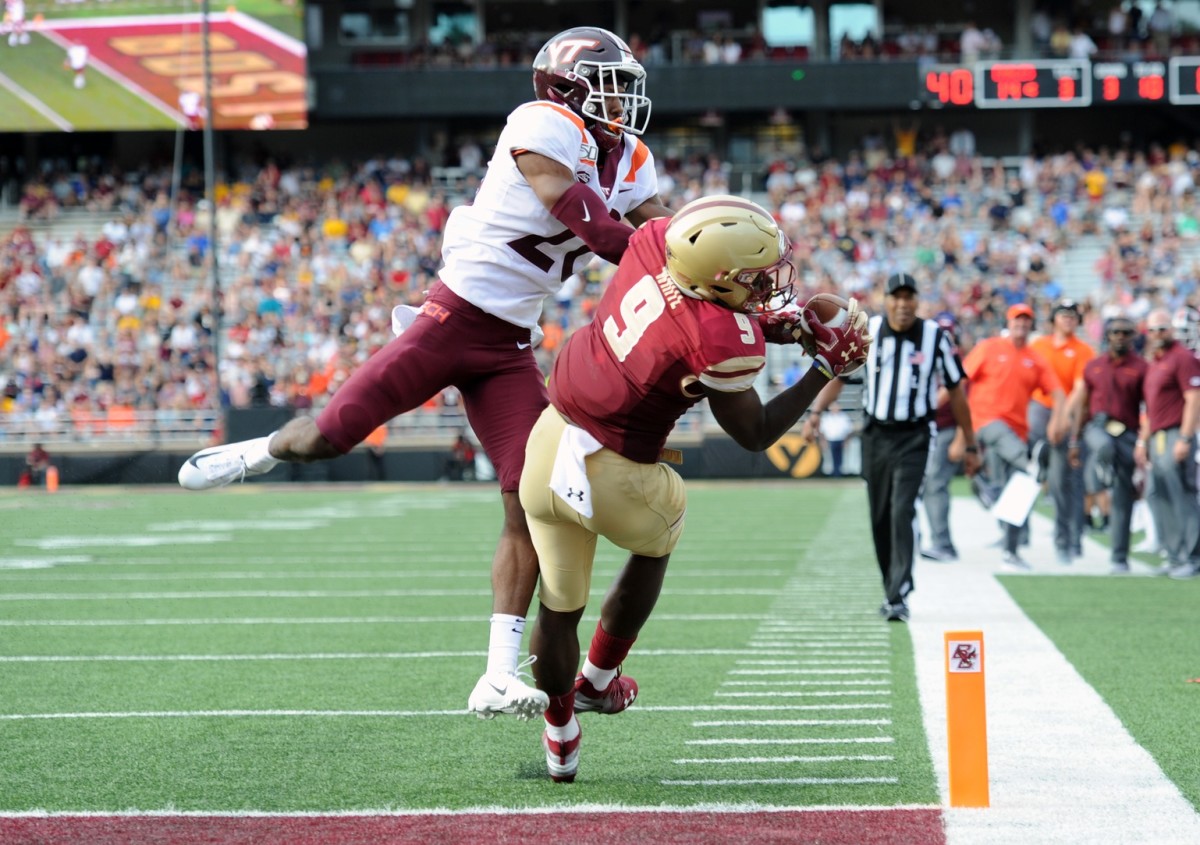
Destination Unknown
Aaron Boumerhi- Kicker
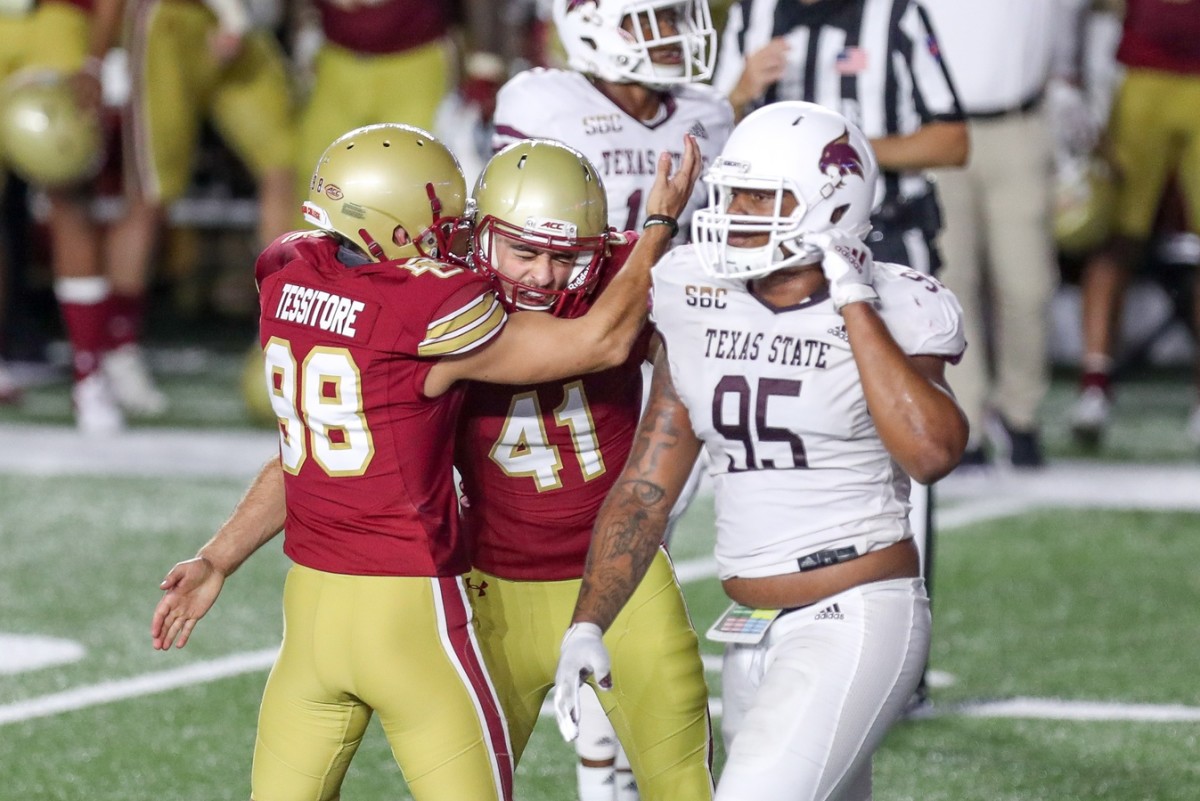
Destination Unknown
